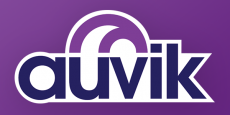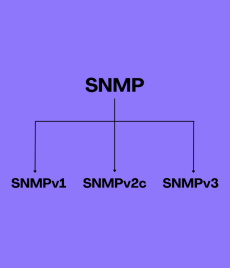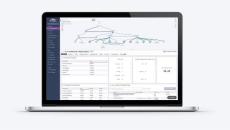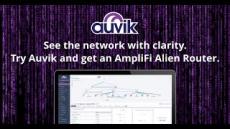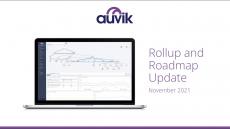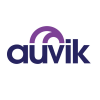- December 2024 (2)
- November 2024 (4)
- October 2024 (11)
- September 2024 (9)
- August 2024 (5)
- July 2024 (3)
- June 2024 (19)
- May 2024 (3)
- April 2024 (5)
- March 2024 (3)
- January 2024 (3)
- December 2023 (2)
- November 2023 (4)
- October 2023 (3)
- September 2023 (2)
- July 2023 (1)
- June 2023 (1)
- May 2023 (3)
- April 2023 (2)
- March 2023 (4)
- February 2023 (6)
- January 2023 (3)
- November 2022 (5)
- October 2022 (6)
- September 2022 (9)
- August 2022 (17)
- July 2022 (6)
- June 2022 (9)
- May 2022 (7)
- April 2022 (6)
- March 2022 (8)
- February 2022 (4)
- January 2022 (9)
- December 2021 (2)
- November 2021 (8)
- October 2021 (3)
- September 2021 (4)
- August 2021 (2)
- July 2021 (2)
- June 2021 (6)
- May 2021 (8)
- April 2021 (10)
- March 2021 (12)
- February 2021 (9)
- January 2021 (5)
- December 2020 (6)
- November 2020 (3)
- October 2020 (4)
- September 2020 (6)
- August 2020 (3)
- July 2020 (3)
- June 2020 (5)
- May 2020 (8)
- April 2020 (8)
- March 2020 (5)
- February 2020 (3)
- January 2020 (3)
- December 2019 (1)
- November 2019 (3)
- October 2019 (5)
- September 2019 (3)
- August 2019 (4)
- July 2019 (5)
- June 2019 (7)
- May 2019 (6)
- April 2019 (4)
- March 2019 (6)
- February 2019 (5)
- January 2019 (8)
- December 2018 (3)
- November 2018 (5)
- October 2018 (6)
- September 2018 (11)
- August 2018 (3)
- July 2018 (2)
- June 2018 (3)
- May 2018 (3)
- April 2018 (2)
- November 2017 (2)
- October 2017 (2)
Auvik is cloud-based software that’s changing how networks are managed. Our software gives managed services providers (MSPs) instant visual insight into the infrastructure of their clients’ IT networks and automates complex and time-consuming network management tasks. Put simply, Auvik is changing the capabilities and upgrading the efficiency of network management.
Managing network infrastructure has traditionally been a very manual and time-consuming activity. Before Auvik, administrators were forced to log into network devices one by one using a command-line interface that most of us haven’t seen since DOS disappeared. They’d then type in arcane commands and try to make sense of the flood of data that came back.
Auvik dramatically simplifies the task of network management by making the software do the work. Our system automatically:
- Discovers a network and displays it as a visual map.
- Inventories and documents every device, service, and configuration on a network in real-time.
- Parses, analyzes, and visually displays data to reduce network troubleshooting time.
- Allows remote access to any device on a network from a single screen.
With Auvik, hundreds of normally complex and time-consuming tasks are reduced to simple, automated steps. And it’s all done through a beautiful and easy-to-use interface.


